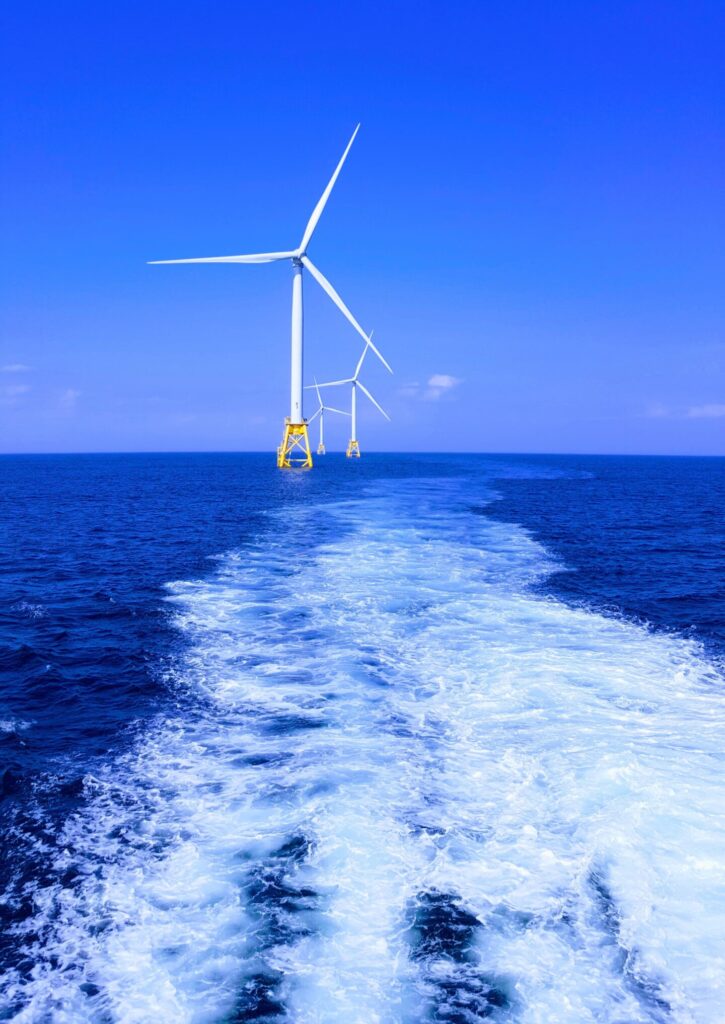This website uses cookies so that we can provide you with the best user experience possible. Cookie information is stored in your browser and performs functions such as recognising you when you return to our website and helping our team to understand which sections of the website you find most interesting and useful.
How ANEMEL works
ANEMEL is organised in Work Packages, teams with complementary expertise that tackle different aspects of the overall goals of the project.
At the heart of the electrolysers lay the anode and cathode electrodes, which provide the current to split water into hydrogen and oxygen. Our WP designs catalysts to accelerate this reaction, replacing rare metals like platinum and ruthenium with more abundant and sustainable raw materials.
Ions – electrically charged particles – travel through semipermeable membranes. Our WP will develop these membranes with new compounds, which will avoid the use of fluorine and fluorspar, both critical and contaminant raw materials.
Combining the electrocatalysts and membranes developed in other WP, ours will assemble full electrolysis cells – the basic unit to split water and generate green hydrogen. We will test different configurations and combinations and select the most efficient products for scale-up.
We need five cells to build a stack. This prototypes will test real-life features to facilitate scale up towards industrial settings. Our goal is to manufacture a stack strong enough to work non-stop, in stable conditions, over 2000 hours – that’s about three months!
We’re committed to sustainability: from using green energy sources to implementing cleaner raw materials. Thus, our WP makes sure the prototype design is eco-friendly, with very low environmental impacts. We will perform the whole life cycle analysis (LCA), and compare it to industry standards.
We write, a lot. Everything you’ve read on this website, for example. We make ANEMEL understandable by society at large, and ensure industry incorporates our results in their product pipelines. Our impact should outlive the four years of European funding, thanks to clear, concise and cutting-edge communication.
Keeping it all together takes time and resources. This WP makes sure that the project is aligned with its objectives, coordinating the collaboration between the partners and the European Commission.
Research doesn’t happen in a vacuum. Our results and technologies impact the world in ways that we need to understand and foresee. Our WP deals with the ethical impacts and implications of ANEMEL, including research, innovation and exploitation.
ANEMEL is one of many projects funded by the European Innovation Council (EIC) to tackle the EU’s Green Hydrogen challenge. Our WP ensures collaboration and information exchange between the different projects and initiatives, to maximise their impact in society.
The Hydrogen Portfolio
European Innovation Council (EIC) is a new programme within the European Commission funding strategy to catalyse innovation. The different initiatives within the EIC will identify, develop and scale up breakthrough technologies – all key developments for the European society and economy.
In particular, the Green Hydrogen Challenge portfolio gathers nine projects working towards the same goal – creating more efficient and sustainable methods for hydrogen production. Together, these projects will ensure Europe’s ready for the hydrogen economy, to reduce our reliance on fossil fuels and advance towards a climate-neutral future. On top of ANEMEL, these are the projects working together within the EU’s Green Hydrogen Challenge:
- H2STEEL – A project that will develop cost-competitive sustainable steel from green hydrogen and bio-coal.
- PhotoSynH2 – New technologies to produce green hydrogen from solar energy, using biological systems.
- ELOBIO – Manufacture of green hydrogen from biomass.
- DualFlow – Innovative flow technologies for the production of green hydrogen and efficient batteries.
- MacGhyver – Microfluidics and electrochemistry to treat wastewater and produce green hydrogen
- EPOCH – Production of hydrogen carriers and chemicals from lignin.
- GH2 – Green hydrogen production from water and bioalcohols
- OPHERA – Photoelectrochemical production of green hydrogen.
Together, these projects constitute the pioneer EIC Hydrogen Portfolio (see Work Package 9 for more information). Researchers and innovators will share results, as well as information and data, to help increase the TRL of the technologies and transition towards business opportunities.









